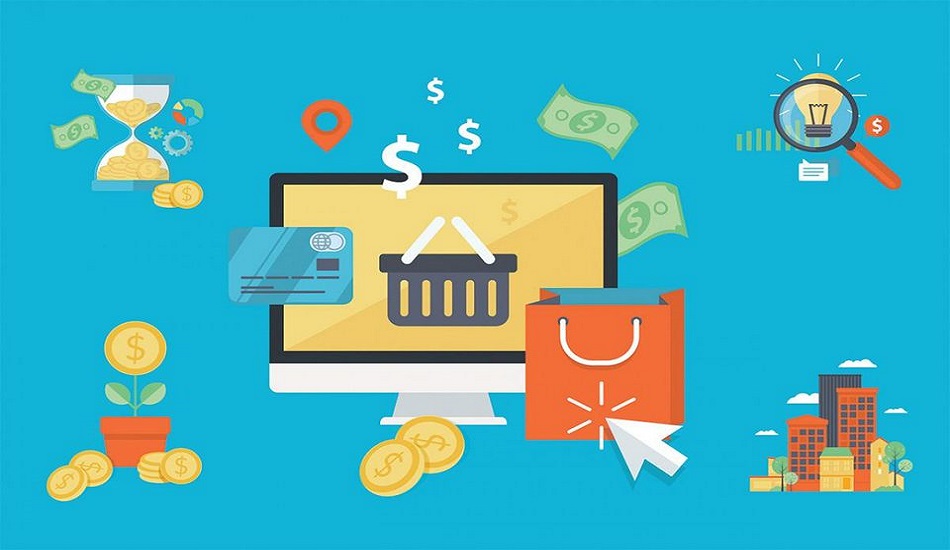All You Need To Know About Personal Loans
Millions of us apply for a personal loan every year. It is a type of an installment loan where you can borrow money and pay it back with interest in regular monthly installments over the tenure of the loan. After the entire amount has been repaid, the loan account is closed and if you need more funds, you will have to make a new application.
Types of personal loans
There are basically two types of personal loans. One is a secured loan and the other is an unsecured loan. The secured loans are backed by collateral like savings account and if you do not make the payments on time, the lender has a right to claim your asset as a payment for the loan.

The other type is an unsecured loan which is not backed by a collateral and the lender determines whether to give you a loan or not based on your financial history and credit score.
Where to apply for a personal loan?
If you want a personal loan, the first place is a bank. But the loan is not limited to banks and is offered by consumer finance companies, credit unions, online lenders and peer to peer lenders. However, you will still have to qualify for the loan. Every lender will have a different criteria for the approval of the loan and you will have to keep the same in mind. There are lenders who offer personal loans with bad credit and you can apply to them if your credit score is very low. If you do not know what your credit score is, you need to approach the credit rating agency for the same or ask your bank for it.
Impact on the credit score
Every time you make a loan application, the lender will get access to the credit score and will usually lower the credit score by a few points. This is known as hard inquiry and it has a substantial impact on your score. The hard inquiry will remain on the credit report for about two years.
Interest rates and fees
The rate of interest on the loan can make a huge difference to the amount you pay each month. The interest rates range from 5 percent to 36 percent and if you have a higher credit, the interest rate will be lower. Some lenders also charge a processing fee for the loan and it could be anywhere between 1 to 6 percent of the loan. Additionally, there are pre payment penalties if the loan amount is paid early. This means the lenders miss out on the interest that they could earn otherwise.
Consider all the costs before you sign on the documents and determine the total amount you will be liable to pay each month throughout the tenure of the loan. The most important decision is the purpose for borrowing and the payments you can afford to make in order to repay the amount.

Donna is your friend in the know. Her blog is a treasure trove of insightful tidbits on a wide range of topics. From wellness to technology, she’s your source for staying informed and inspired.









